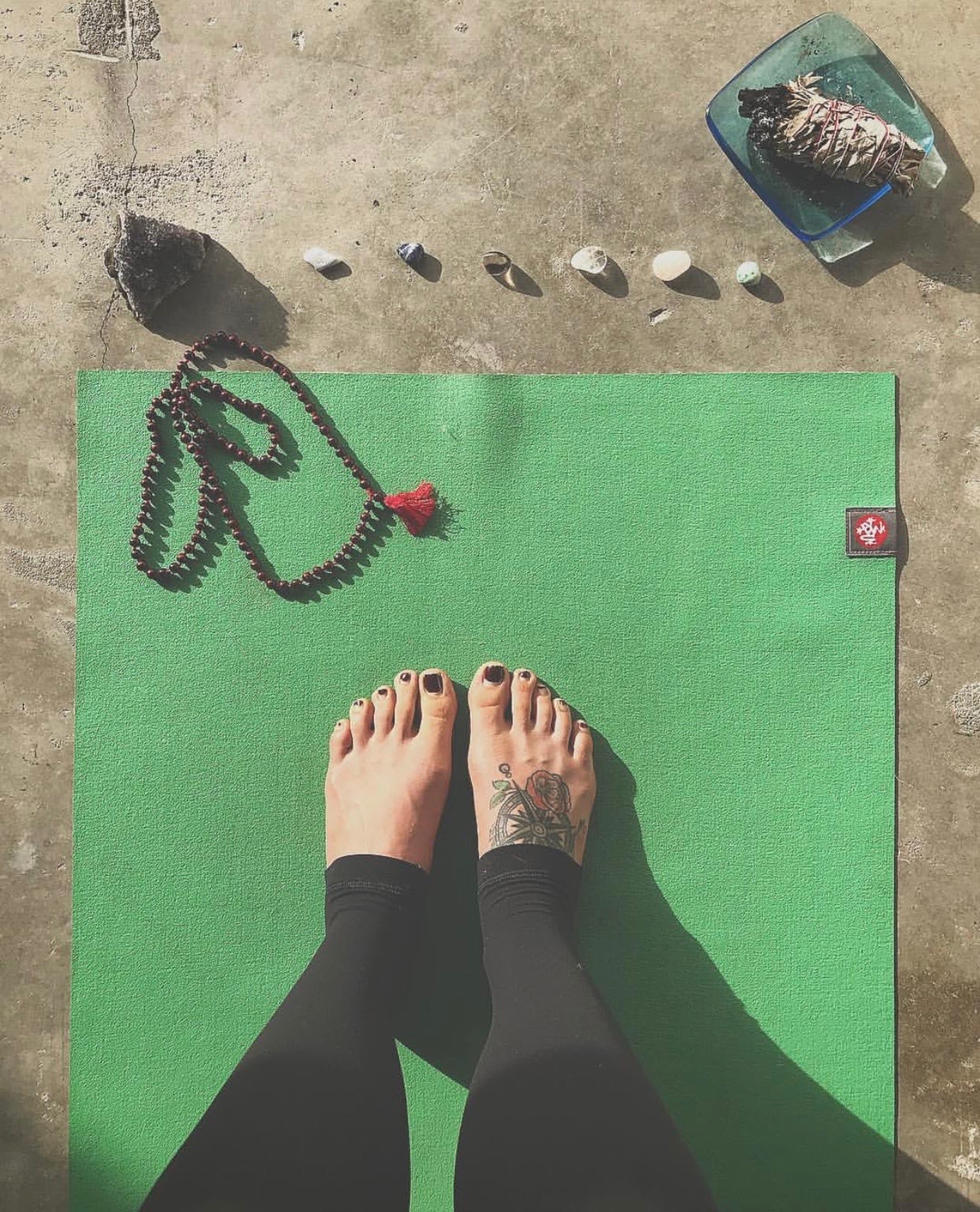“The yogi conquers the body by the practice of asanas and makes it a fit vehicle for the spirit.”
BKS Iyengar Light On Yoga
Following the first and second limbs, Yama and Niyama, the third limb of yoga is Asana, or postures. Probably the most widely known piece of the puzzle that is yoga, asana is what brings many people (particularly Westerners) to yoga in the first place.
Usually, when a practitioner reaches a certain level of bhakti (devotion) to the asana practice, so begins the journey to the other limbs of yoga, expanding one’s awareness. My personal practice evolved in this way, but it is not the same for everyone.
Some people begin with meditation or spirituality and do not discover asana until later on. But considering the rise in popularity of yoga studios in the West, it seems that more and more people are being introduced to yoga through asana practice.
Asana
In the Yoga Sutras, asana is only addressed once, under the phrase “sthira sukham asanam.” Sthira and sukham, interpreted as “steadiness and ease” is an aphorism I often refer to when teaching classes.
At a glance it may seem ultra simplistic, but the concept of sthira and sukham can prove to be an invaluable resource for students (particularly new students) to tap into.
Using this phrase as a mantra can help to integrate the strength, balance, and consistency (sthira) throughout the practice that is necessary to perform asanas effectively. As well as cultivate the softness and openness (sukham) necessary to reap the benefits of each posture.
The term “asana” means far more than just “pose.” The root as translates to “being present in ones body–existing.” So essentially, you may be practicing asana right now, just by existing and being in the present moment.
The Body is a Temple
Asanas were originally curated to simply prepare the body for meditation. They are meant to remove outside distractions and promote deep internal awareness.
In the Hatha Yoga Pradipika, asanas are methods of purification. To achieve purity of the mind, the body needs to purified as well. Asana practice provides detoxification and builds strength and flexibility so that the body becomes “a fit vehicle for the spirit.”
In layman’s terms, we get out what we put in. If we treat our bodies like shit, we become shit, to be frank. A clean, (or sattvic, meaning “pure”) diet is another essential element of purification. If we don’t respect our bodies, do we really respect ourselves? If we aren’t in good health, can we really focus on anything else?
The yogi sees the body as an extension of the soul. A “temple which houses the Divine Spark.” Yogic philosophy conveys that Divinity lies within us, rather than above us. A healthy and fit body is very much part of the journey toward ultimate consciousness.
It’s a Practice, Not a Perfect
Contrary to popular belief, you do not need to be flexible or strong to start practicing asana.
Yes, those things are helpful and they will come with time. But please remove from your head the idea that you must be at a certain level of fitness, flexibility, or even spirituality to attend a yoga class.
In fact, you don’t have to “be” anything to come to yoga. All that’s needed to start is a humble and open mind, willingness to learn, and commitment.
It doesn’t matter what the poses look like. It doesn’t matter if you can touch your toes or put your leg behind your head or whatever crazy poses the kids are doing these days.
What matters is that you just show up. Keep showing up. And feel yourself evolve.
The practice can be compared to a flower blooming. You can’t see it happening, because the process is slow. But you can water it each day, and monitor it’s progress. And eventually, you will see it starting to bloom into something beautiful.
Do you practice asana? I want to know what YOU think! Leave a comment below. 🙂




